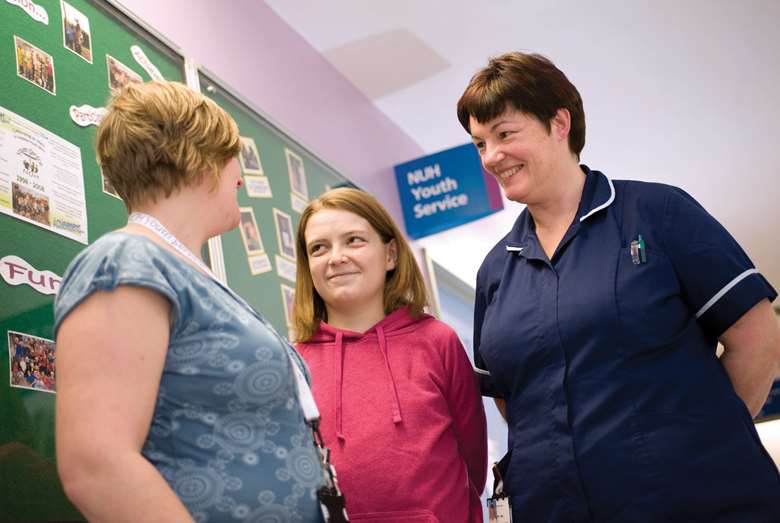Working in silos exacerbates child health inequalities
John Freeman
Tuesday, February 28, 2017
The Royal College of Paediatrics and Child Health's State of Child Health report, covered in CYP Now on 31 January, will, I believe, be seen as the most important report of 2017.

Its importance lies in the hard evidence it provides about outcomes for children and young people in the real world. It also touches on organisational structures, politics, professional activity and funding - but at its core is the evidence. We need to study the facts if we are to have any chance of judging what is happening and making improvements. That's why one important recommendation relates to improving and standardising data on children's health. If we don't know what is going on, decisions will inevitably be flawed.
The key finding is well known: there is a stark, strong and unambiguous link between deprivation and poor outcomes. Children from the most affluent families have outcomes that match the best in the developed world, while the exact opposite is true for children from deprived families. In Wales, the mortality rate for children is fewer than 30 per 100,000 for the most advantaged three quintiles, and nearly 45 per 100,000 for the most deprived two quintiles. This pattern is replicated across nearly every health indicator. This is a UK-wide challenge and the first step must be for the government to acknowledge the evidence and commit to doing something about the inequalities and their impact.
Joined-up data on health, education and social care is not easily available, and the report makes the case for better research. What analysis we have, notably from the Rees Centre, linking social care and education data, shows that educational outcomes are worst for children in need, and my hypothesis is that this will be found to be replicated across health outcomes.
Child health is a classic example where investment in prevention and early intervention will yield major improvements in long-term quality of life and reduced long-term costs to the state - so there will be personal and economic benefits. We know where national investment is needed, and where it will have most effect.
The question is, who is best placed to take action? With councils running housing and social care, the government running tax and benefits, and fragmented health and education services, the usual challenge becomes apparent - spending on prevention and early intervention will result in savings and improvements, but invariably in someone else's budget. That's why it was such a tragedy when Michael Gove junked Every Child Matters and dismantled the effective inter-agency work promoted by the Department for Children, Schools and Families. If national government is not going to lead the way, local government and local health trusts, and other agencies, must not use this as an excuse to stay in their silos. There are, I'm pleased to say, very many places where the ideas behind Every Child Matters are still an unofficial reality.
The report identifies a range of specific medical issues that could be improved from within the health service, and the Cinderella that is public health has a huge part to play. Unless we invest properly in public health, the NHS and the welfare budget will spend ever-increasing sums on dealing with the long-term effects of obesity, poor nutrition, inactive lifestyles and smoking.
The report also identifies non-intentional injury - accidents of all sorts, including road traffic accidents - as causing more than 30 per cent of deaths in young people. As before, there is an association with disadvantage - children in poverty are much more likely to die, or be injured, accidentally. The reasons for this seem to be partly environmental and linked to poverty, and partly lack of knowledge. This is an area where matters of life and death can fall through the gap between services, but the work of the Child Accident Protection Trust in supporting local partnerships and providing clear and helpful information is making inroads.
Even in these times of austerity, we must endeavour to work across boundaries - teachers, social workers, health workers, police officers, traffic engineers and others - so that we all think of the bigger picture for children. It would be great if government led the way, but if it won't, we must make it work locally, particularly for children from our deprived communities.
John Freeman CBE is a former director of children's services and is now a freelance consultant




